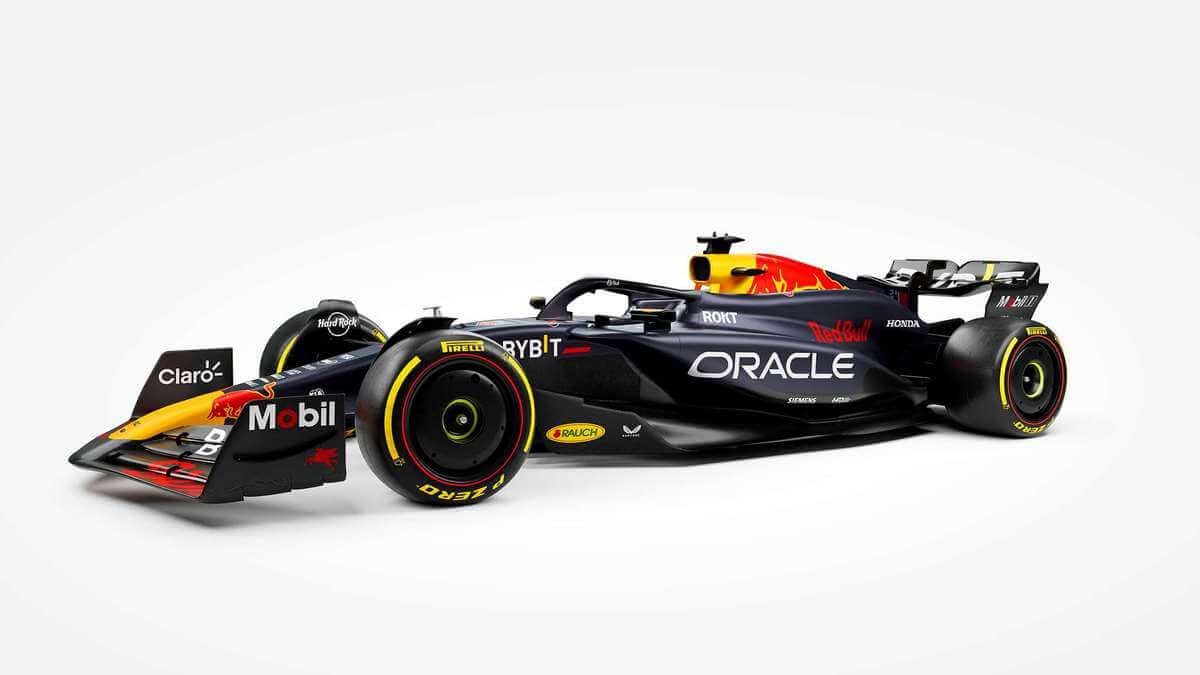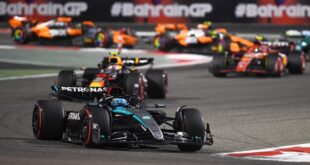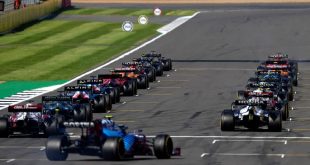Over the years, Red Bull Racing has carved out a reputation as one of the most competitive and forward-thinking teams in F1, often leading the charge in technological advancements and strategic racing. As a result, all eyes are on Red Bull Racing’s RB20 race car this year. With its sleek design and innovative features, the RB20 promises to be faster, more agile, and more efficient than its predecessors.
But what makes the RB20 so special? Why is there so much buzz around it, and will it be enough to stay in front this year? Well, that’s exactly what we’ll discuss today. Whether you’re a long-time F1 fan or new to the sport, we’ll break down the complex engineering in simple terms, shedding light on what makes Red Bull Racing’s 2024 contender a car worth watching. So, buckle up as we’ll take you through everything you need to know about the RB20, from the improvements over its predecessor to performance expectations, just in time for the 2024 F1 season.
Let’s go!
Introducing the RB20: Red Bull’s 2024 Challenger
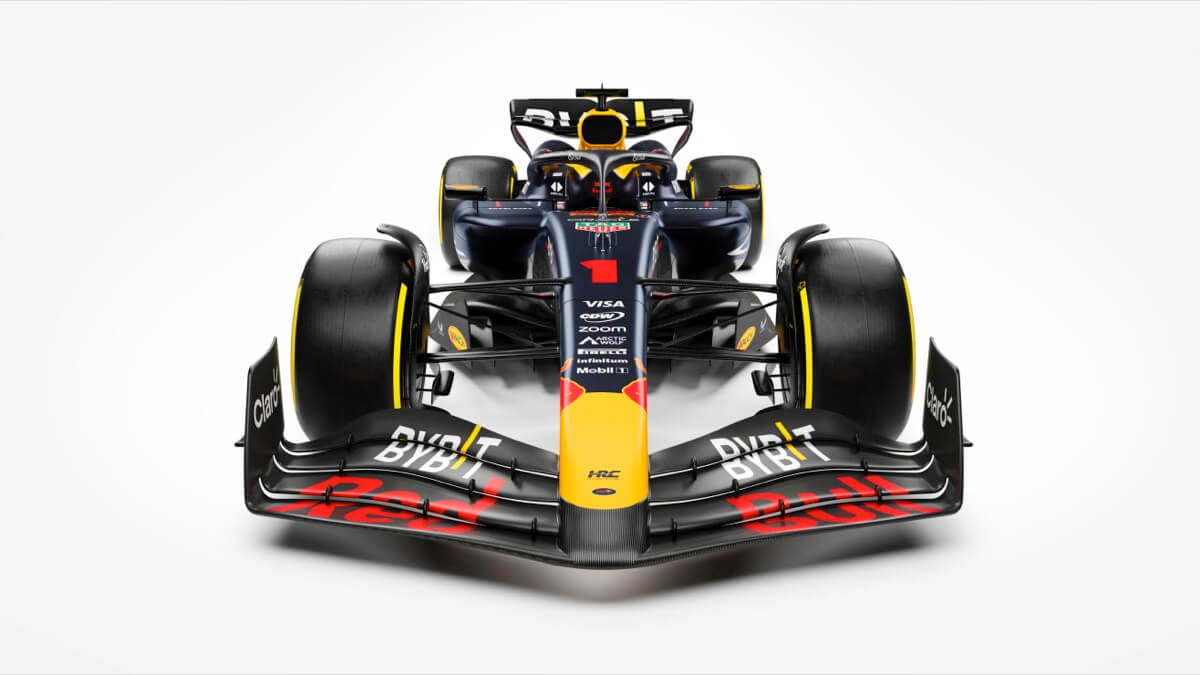
The design philosophy behind the RB20 is one of evolution and innovation. Red Bull has taken the successful elements of the RB19 and refined them. The key focus for the RB20 has been improving its overall performance, with particular attention paid to its aerodynamics, power unit, and overall handling capabilities.
Compared to its predecessor, the RB20 boasts subtle yet significant changes that mark a clear step forward in its design and engineering. The team has worked to optimize every aspect of the car, from how it slices through the air to how efficiently it converts fuel into forward momentum — everything we’ll dive into over the following sections.
Revolutionary Aerodynamics of the RB20
For 2024, the RB20’s main aerodynamic upgrade is its radically redesigned nose and front wing assembly. Diverging from traditional designs, the RB20 employs a unique approach that optimizes airflow around the front of the car, reducing drag and improving downforce. This change is calculated to improve the car’s speed and stability, particularly in high-speed corners where downforce is critical.
Another notable aerodynamic feature of the RB20 is its sidepod design. The team has reimagined the cooling inlet configuration, adopting a vertical orientation that differs markedly from the horizontal approach seen in previous years. This alteration significantly impacts the car’s side profile, allowing for a more streamlined airflow that minimizes resistance and maximizes aerodynamic efficiency. The sidepods work together with the car’s overall design, funneling air more effectively to the rear, thus enhancing the downforce generated by the back of the car.

The RB20 also showcases an innovative floor design that leverages the latest regulations to create a ‘double floor’ effect. This feature further improves the car’s ability to manage airflow under the chassis, increasing the downforce and, consequently, the car’s grip on the track.
The RB20’s aerodynamic package is rounded off with a sophisticated rear wing and diffuser setup, designed to work perfectly with the rest of the car. This integration ensures the air flows smoothly from the front to the back of the car, reducing turbulence and drag while maximizing downforce and efficiency.
Power Unit and Cooling System Innovations
This year, Red Bull Racing and its power unit partners have introduced a series of upgrades that enhance both power output and efficiency. Developed with a keen focus on maximizing energy recovery and minimizing thermal losses, the RB20’s engine represents the pinnacle of Formula 1 hybrid technology.
This power unit is designed to extract every possible bit of energy from the fuel, translating it into raw power while adhering to the stringent efficiency requirements of the sport. Introducing new materials and engineering solutions has allowed for a higher compression ratio and increased thermal efficiency, leading to significant gains in horsepower without sacrificing reliability.
The cooling system of the RB20 is equally innovative. Given the incredible heat generated by the power unit, especially in the high-stress environment of a Formula 1 race, effective cooling is paramount. The RB20 employs a state-of-the-art cooling system with advanced materials and fluid dynamics to ensure optimal temperature regulation. This system is more efficient at dissipating heat and is cleverly integrated into the car’s aerodynamic package, ensuring cooling inlets and outlets also contribute to the car’s overall aerodynamic efficiency.
One of the standout features of the RB20’s cooling system is its airflow management, which can cool critical components without increasing drag. By strategically positioning cooling inlets and using the car’s bodywork to channel air precisely where needed, the RB20 achieves superior cooling performance with minimal aerodynamic penalty. This approach allows the power unit to operate at optimal temperatures, even in the most demanding conditions, ensuring the car can maintain peak performance throughout a race.
Suspension and Steering: The Quest for Stability
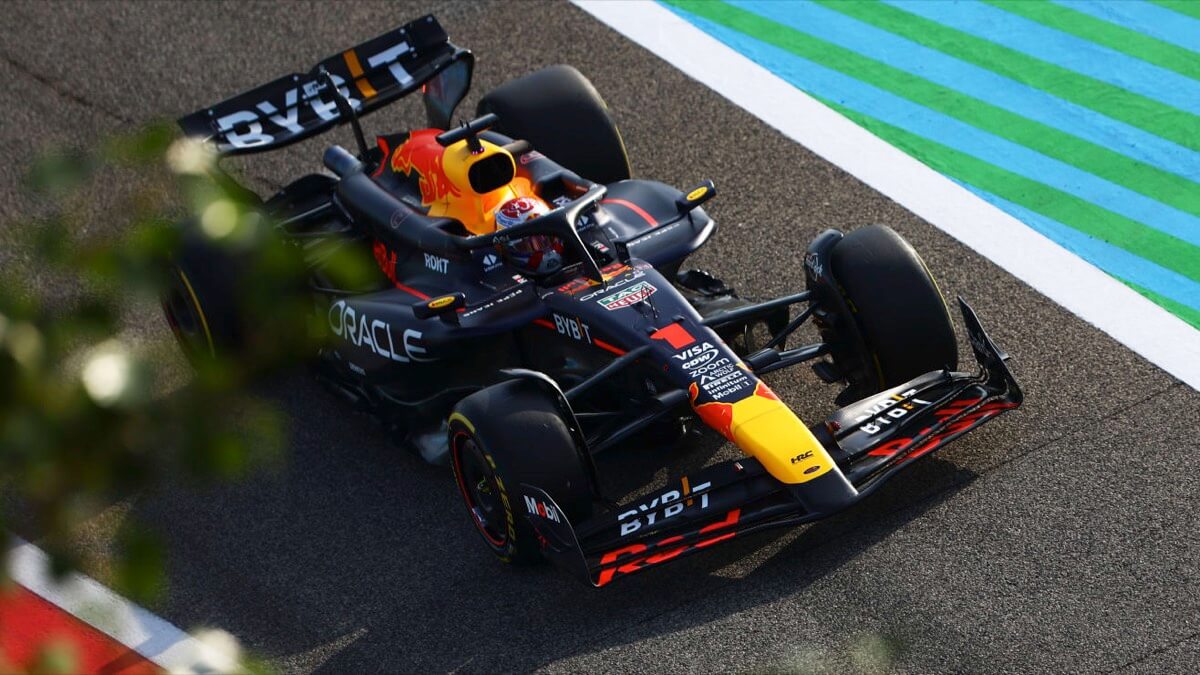
This season, Red Bull introduces its active suspension system, allowing for real-time adjustments to the suspension setup, adapting to the track’s characteristics and the current race conditions. By actively controlling the car’s ride height, roll, and pitch, the RB20 can maintain an ideal aerodynamic posture at all times, enhancing its efficiency and speed through corners.
Meanwhile, the steering system of the RB20 has also seen significant improvements, focusing on precision and feedback. The steering mechanism is engineered to give the driver a direct and intuitive connection to the front wheels, offering unparalleled control over the car’s direction and allowing the driver to place the car accurately, crucial in the tight confines of street circuits or when navigating through traffic.
The integration of a power-assisted steering system, fine-tuned to the demands of Formula 1, ensures the driver can make quick and precise steering inputs without excessive physical strain. This system is carefully calibrated to provide just the right amount of assistance so the driver remains fully connected to the driving experience without being overburdened by the effort required to maneuver the car at high speeds.
Needless to say, by prioritizing stability, responsiveness, and driver feedback, Red Bull Racing has designed a car that offers optimal balance and handling across various conditions.
From Concept to Reality: The Technical Challenges
One of the main challenges in designing the RB20 was adhering to the new regulations for 2024. For Red Bull, this meant a massive revamp of their design philosophy, building upon the successful foundation of the RB19 but venturing into new territories with the RB20.
The aerodynamics of the RB20, in particular, presented a complex puzzle. With the 2024 regulations imposing stricter limits on aerodynamic elements, the team had to innovate to maintain downforce while minimizing drag. Doing so involved countless hours in the wind tunnel and on computational fluid dynamics (CFD) simulations, testing new wing designs, and exploring unconventional airflow management techniques.
The introduction of new biofuel regulations meant reengineering the combustion engine to perform optimally with these fuels without sacrificing power. Moreover, cooling solutions had to be more innovative than ever, as the tighter packaging required for aerodynamic efficiency left little room for error in managing the car’s thermal dynamics.
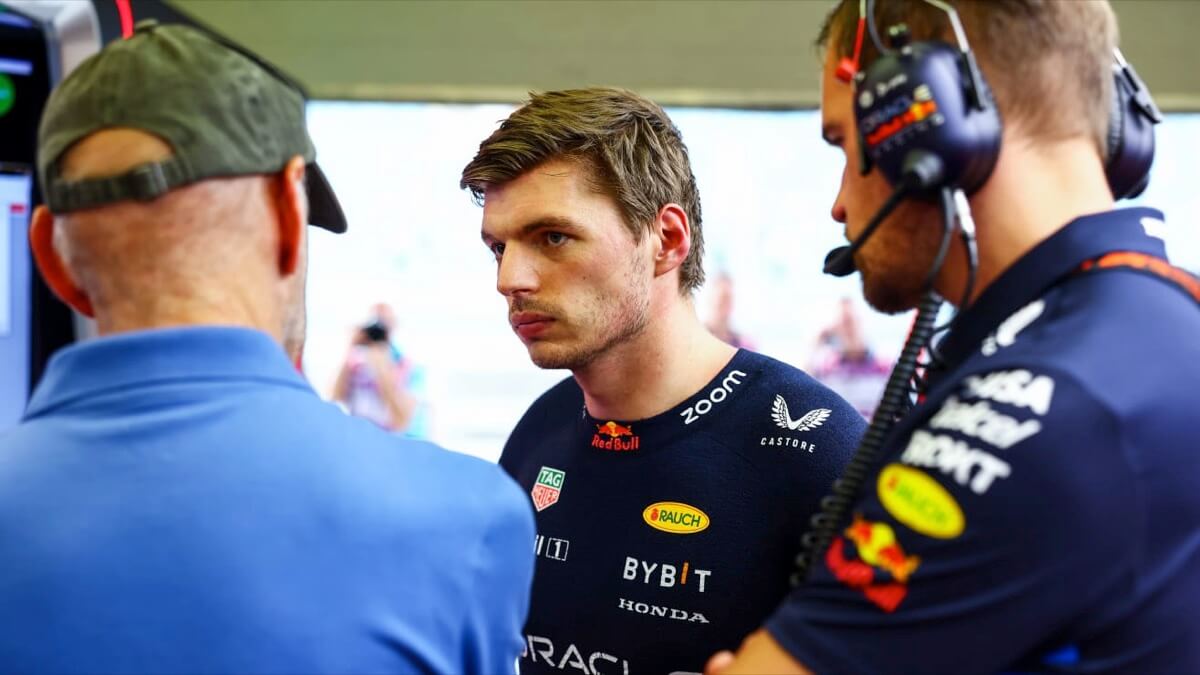
The RB20 on Track: Performance and Expectations
As the RB20 took to the track for pre-season testing in Bahrain, it not only carried the weight of Red Bull Racing’s ambitions for the 2024 season but also the collective gaze of the Formula 1 world, curious to see if this machine could live up to its lofty expectations. Max Verstappen and the team prioritized understanding the car’s long-run behavior over chasing the fastest lap times. This approach was a calculated move to gather valuable data on the car’s performance across different conditions and fuel loads.
Despite not dominating the timesheets, the RB20 showed promising signs of reliability and adaptability. Completing many laps without major reliability concerns was proof of the car’s robust engineering and the team’s careful preparation. Such reliability will be crucial as the team looks to dominate this season again.
The performance expectations for the RB20 are undeniably high this year, fueled by Red Bull Racing’s dominant campaign in the previous season. Still, the team’s innovative approach to the new car has been met with optimism within and across the paddock. The belief in the technical team’s vision, led by the legendary Adrian Newey, and the early positive feedback from Verstappen hint at a car that could redefine the competitive landscape of the 2024 season.
That said, Formula 1 is a sport of variables, and the true measure of the RB20’s success will be its performance across the diverse array of circuits on the calendar. The car’s adaptability to different track layouts, temperature conditions, and strategic demands will be critical. The team’s focus on understanding and optimizing the car for long runs in testing clearly indicates they’re not taking anything for granted.
Last Words
Although the RB20 might look a lot like last year’s car on the outside, it’s actually a whole new machine on the inside. There’s a good chance it could lead the grid again this year, which is exciting for Red Bull fans and a big challenge for other teams like Mercedes-AMG and Ferrari. These teams are definitely working hard, trying to find ways to catch up and beat Red Bull at its own game.
As the racing season starts, we’ll see a lot of action between the teams and see how they’ve improved. The work that went into making the RB20 and planning its races has made Red Bull the team everyone’s watching. But one of the best things about Formula 1 is that anything can happen, and the competition keeps getting stronger.
Red Bull is surely hoping to be at the top again this season, but the real fun in F1 is seeing how everything plays out, how the other teams step up, and if the RB20 really will keep Red Bull ahead of everyone else. We’re in for an exciting season, with all eyes on the RB20 and the other teams trying to win the top spot in the world’s most prestigious motorsport competition.


